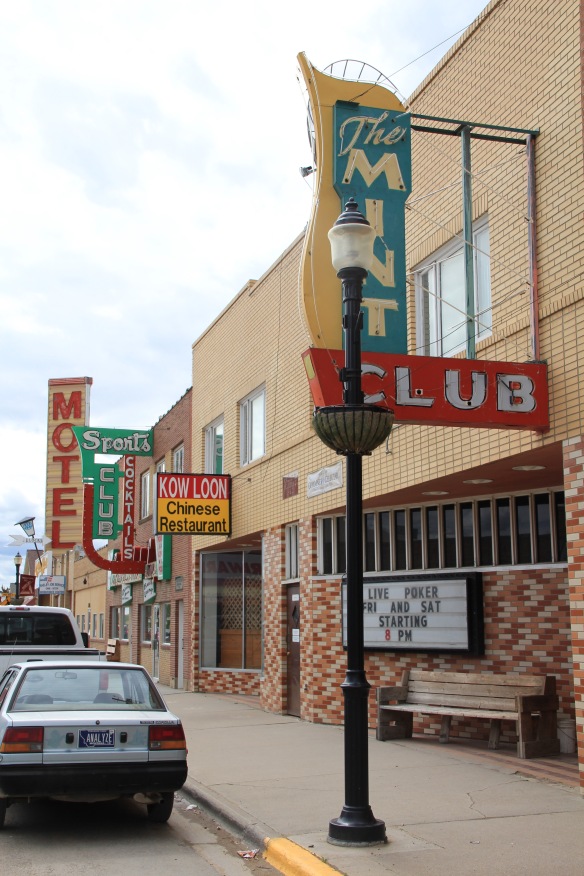
As we all have read the newspapers over the last six weeks, it has been doubly sad to learn of the devastation COVID-19 has brought to the people of Toole County, where the town of Shelby is the county seat. The virus has ravaged most of the United States but the level of its impact on such rural places as Shelby and Toole County has been especially devastating since in places like these everyone does know everyone. The impact is so direct and personal.

In this weekend’s papers, reporters stressed how residents are moving forward the best they could, despite the sadness, and fear. I would expect no less. I last visited Shelby seven years ago; indeed I made two stops between 2011 and 2013. Of course people were friendly, helpful, just as they had been when I started my initial Montana survey in 1984 with an overnight program in Shelby at the courthouse. Imagine my delight to learn in those same news stories that the town had met virtually of course to discuss a pending proposal to place the downtown in the National Register of Historic Places. I fully agree: the range of buildings along Main Street (historic U.S. Highway 2) has always ranked among my favorite Main Streets in the state.

Let’s me share today views of the downtown commercial buildings that I took in 2011 and 2013. They reflect the impact of the 1920s oil boom on the town and county–so many date to those decades–but as a group they also show how Shelby grew in the early to mid-twentieth century on both sides of the Great Northern Railway that passed through the heart of town, with its historic depot still serving passengers on the Empire Builder today.

The range of roadside architecture in the tavern, restaurant, and motel signs is particularly significant–in so many other places these touchstones of mid-century commercial design have been lost. But I also like the unpretentiousness of the buildings, and the commercial district they create. The architecture in that way reflects the residents themselves: flashy if you want it, but also solid, grounded, and ready to face what comes their way.











The downtown district would add much to the National Register of Historic Places. Shelby was already represented by a historic garage and the original City Hall, recently a visitor center, that was built for the famous Fourth of July 1923 heavyweight


bout between Jack Dempsey-and Tommy Gibbons. But these additions tell its full story of commercial growth in the age of the highway. I hope the project moves smoothly forward–Shelby and Toole County deserves that break, along with many, many others as they fight back against the scourge of our time.






